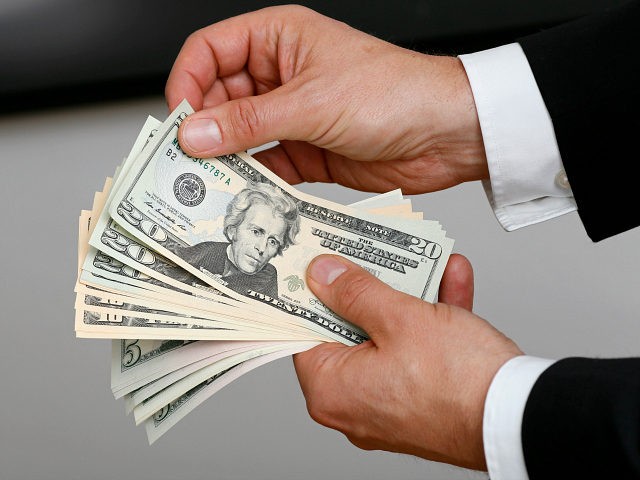The Trump administration policies are contributing to what may be a shift to a higher economic growth trajectory, a top Federal Reserve official said Monday.
Randal Quarles, the Fed’s vice chairman for financial supervision, told an economics conference in Washington, DC, that “it has been quite some time since the economic environment has looked as favorable as it does now.” He described the potential for faster economic growth as a “possibility” rather than a certainty, saying it is still too soon to say the economy is at a turning point.
“There is a real possibility that some of the factors that have been holding back growth in recent years could shift, moving the economy onto a higher growth trajectory. That said, I currently see this shift more as a clear possibility than an unarguable reality,” Quarles said.
The Trump administration’s tax cuts deserve some credit for this possible shift, Quarles said.
Quarles said:
After subtracting from growth over much of the period from 2011 onward, the impetus from fiscal policy has turned distinctly positive with the passage of recent tax and budget legislation. Fiscal policy is likely to impart considerable momentum to growth over the next couple of years not only by increasing demand, but also by boosting, to some degree, the potential capacity of the economy.
Quarles said the sustainability of recently accelerating economic growth would turn, in part, on whether the Trump administration’s fiscal policies led to a supply-side expansion or merely contributed to additional demand in the economy.
“It matters whether growth is embodied in a sustained increase in the productive capacity of the economy or, instead, is primarily the product of a boost to aggregate demand,” said Quarles, adding, “The split between the two will likely have important implications for inflation and thus for how the stance of monetary policy will respond to higher growth.”
His comments come amid intense scrutiny of the Fed’s view of the economy. The stock market was rocked by volatility this month by inflation fears. Quarles, however, appeared to downplay the risks of inflation in his remarks:
It might seem reasonable to assume that faster growth would lead to firmer inflation. However, I think a lot remains to be seen. For one, the degree to which growth spurs inflation is likely to be determined by the underlying factors that are prompting the increase in growth. A demand-led increase can be expected to have a greater positive effect on prices than a step-up in the pace of potential growth. Growth led by an increase in the economy’s productive capacity, either through increased labor force participation or higher productivity growth, is likely to impart less upward pressure on prices.
If the economy does move onto a higher growth path, that would likely raise the “natural rate” of interest, according to Quarles. Many economists see the natural rate of interest as the rate that keeps the economy on a steady growth path, promoting full employment and price stability.
“As the natural rate moves up, any given level of the policy rate would be more accommodative, so the policy rate would also have to move up to continue the gradual removal of policy accommodation,” Quarles said. “It is important to point out that this higher policy path would be motivated by sustained stronger growth and improved economic conditions, not a greater desire to slow the economy.”

COMMENTS
Please let us know if you're having issues with commenting.